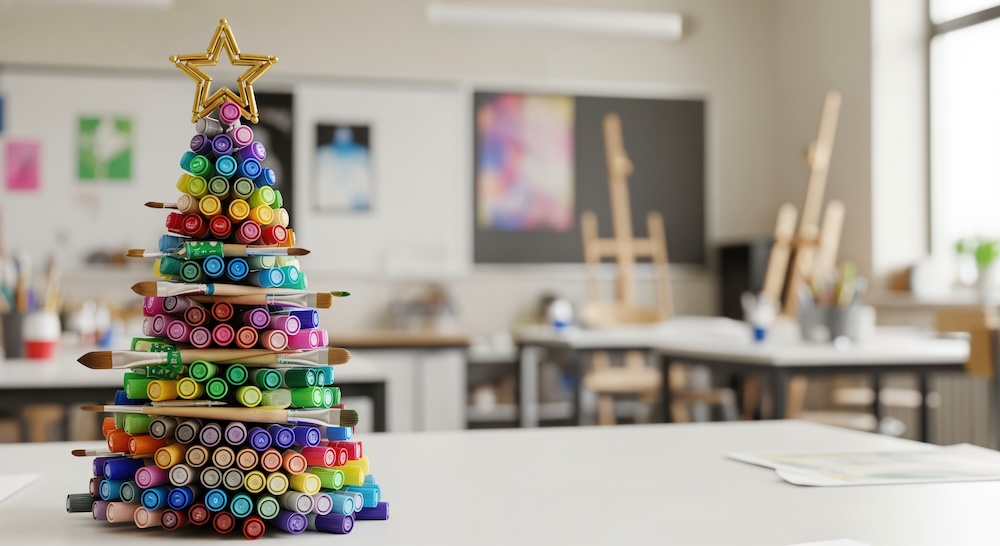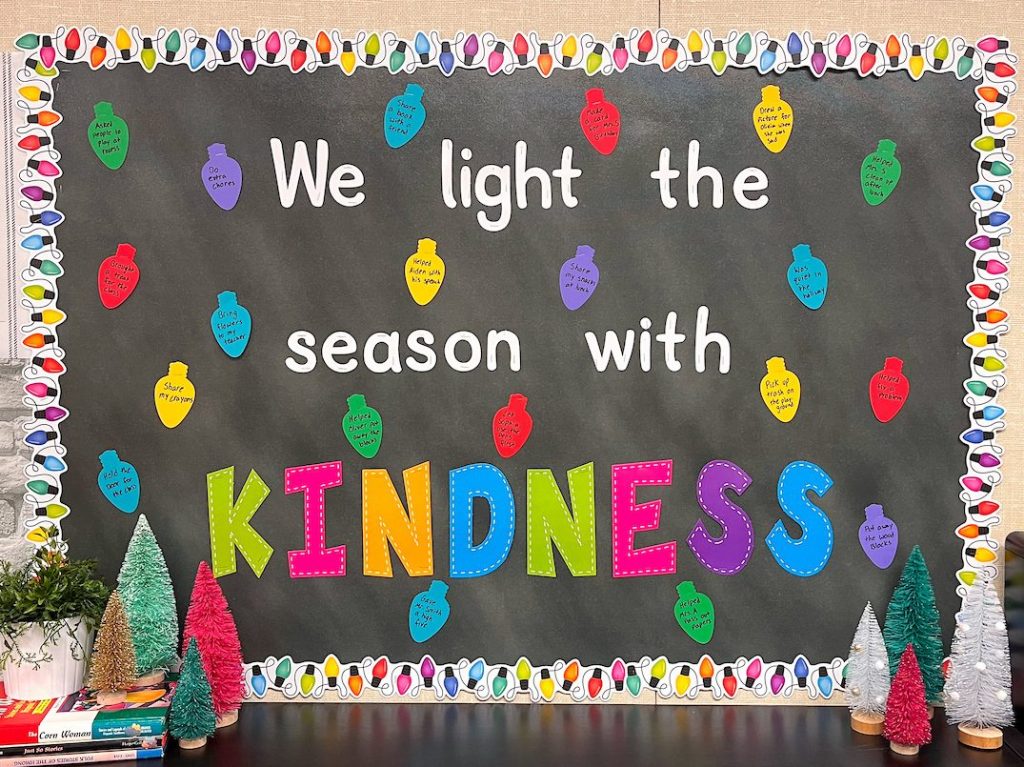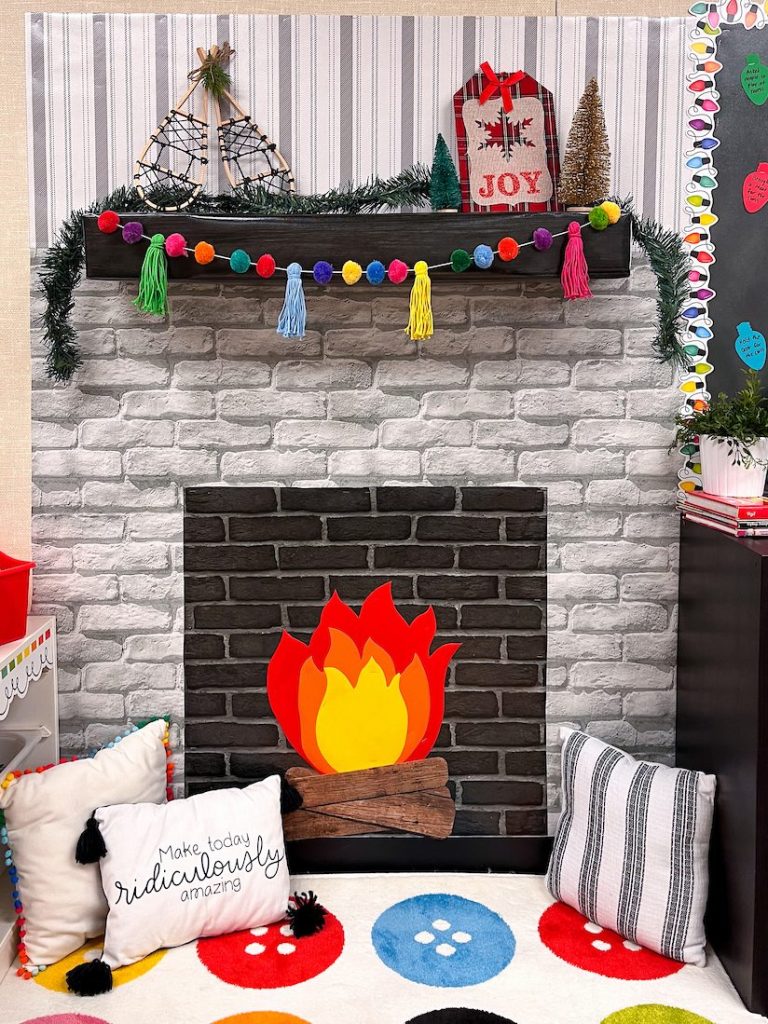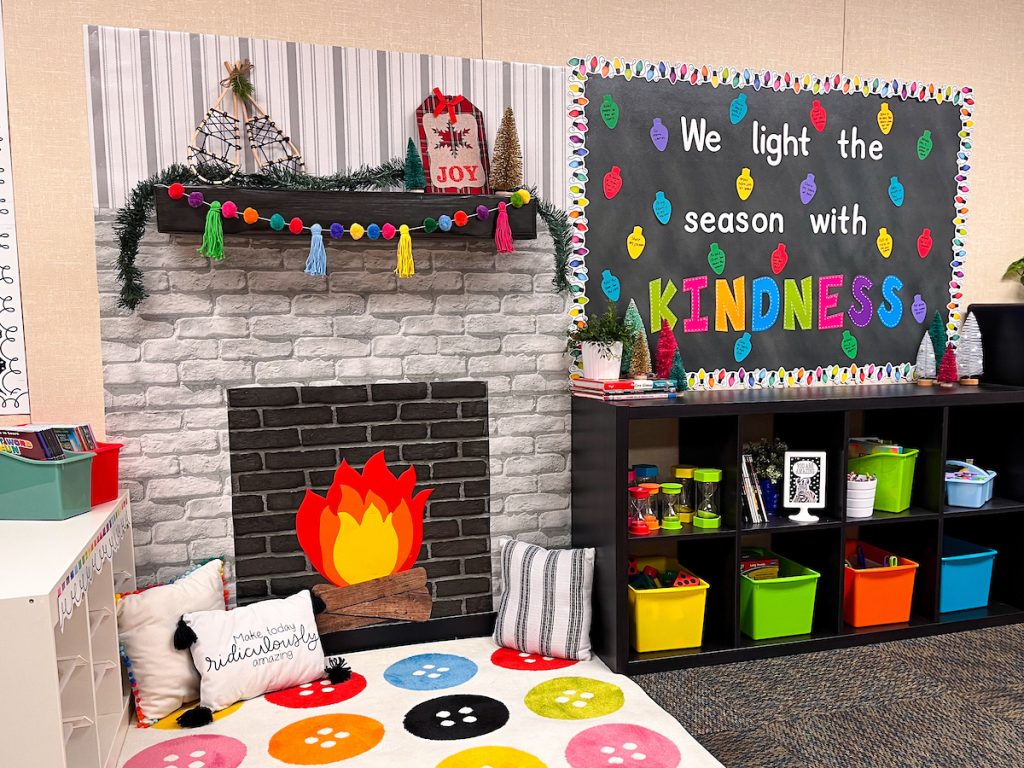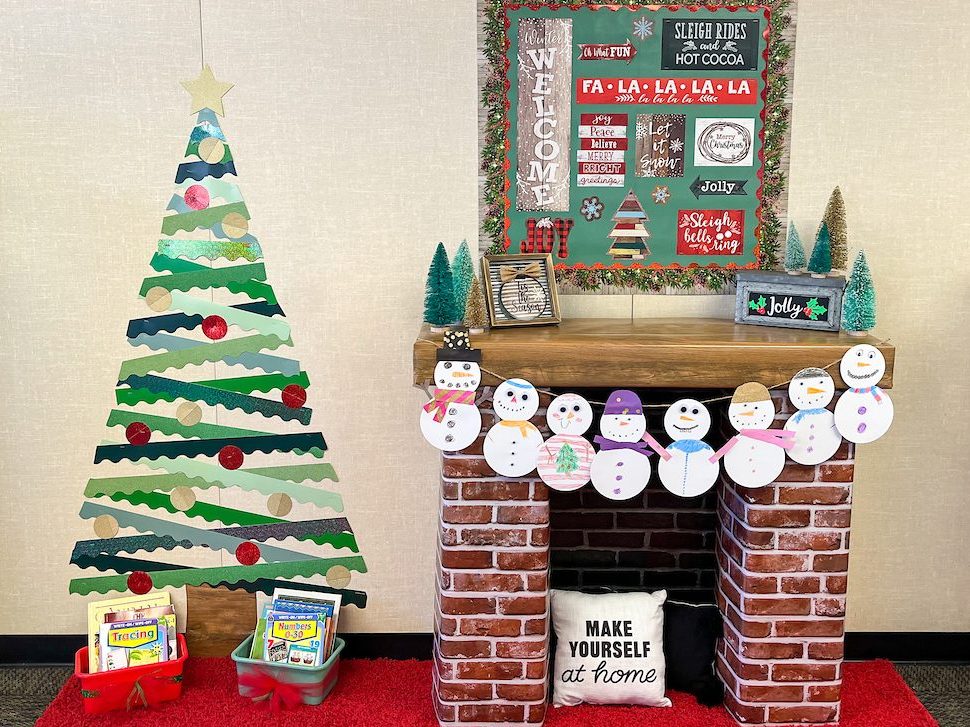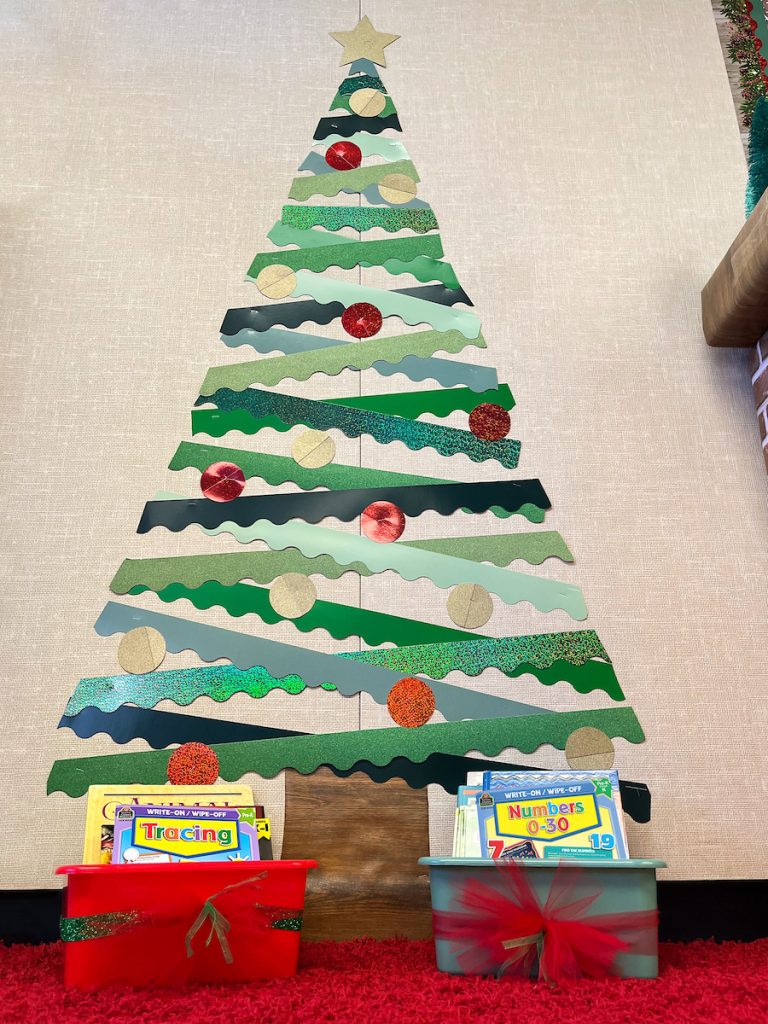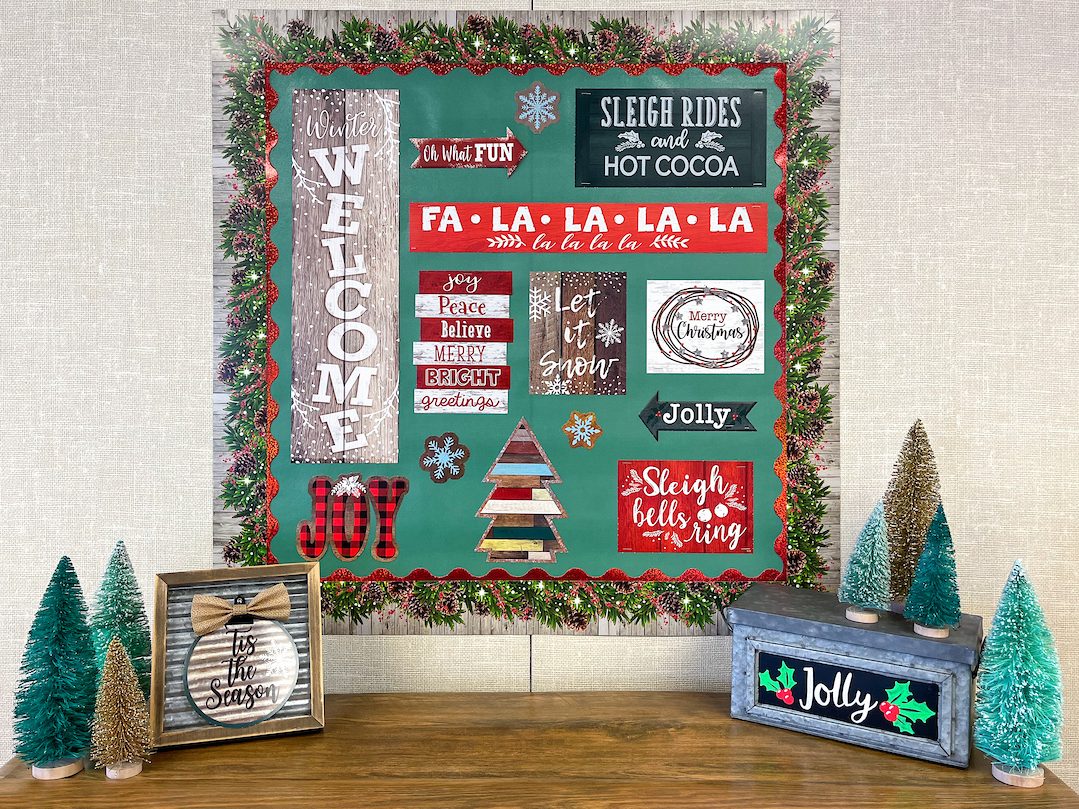New year, same classroom? Not you!
Get all of the inspiration you need for a 2026 learning space refresh with our most popular products of the past year, categorized by type! From trendy Cool for School composition and checkered decor to top-tier incentives and card games, these are teachers’ favorite things from 2025.
🏆 Top Bulletin Board: Cool For School Happy You Are Here
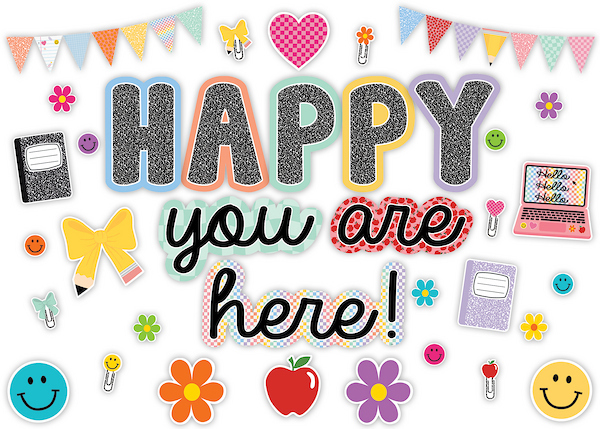
Make every student feel energized and welcome in your classroom with this colorful bulletin board set, featuring composition print, checkers, and school motifs.
🥈 Runner Up: Moving Mountains Road Trip The Adventure Begins Bulletin Board
🏆 Top Border Trim: White with Black Squiggles Die-Cut
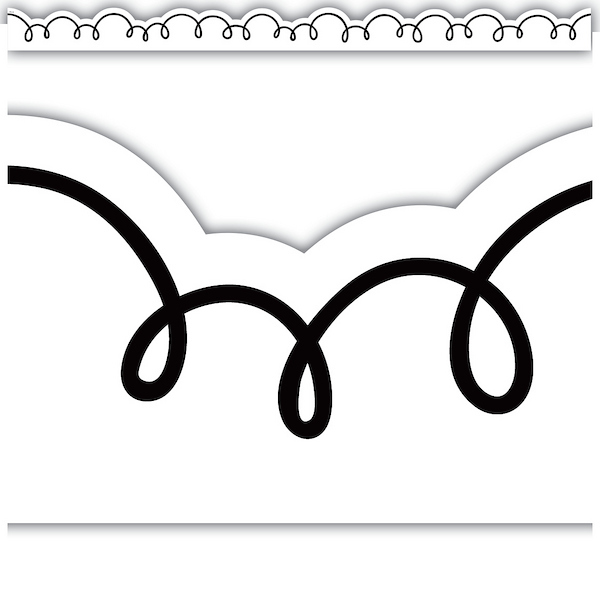
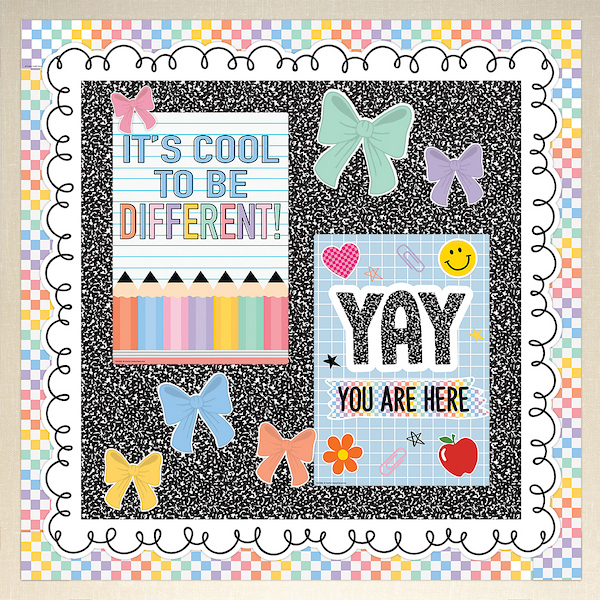
Bring a playful vibe to any bulletin board, door, or desk with this fresh, fun border trim. Pair with more monochromatic decor for a modern look, or add color for a trendy look that pops!
🥈 Runner Up: Wildflowers Straight Border Trim
🏆 Top Better Than Paper Bulletin Board Roll: Cool for School Checkers
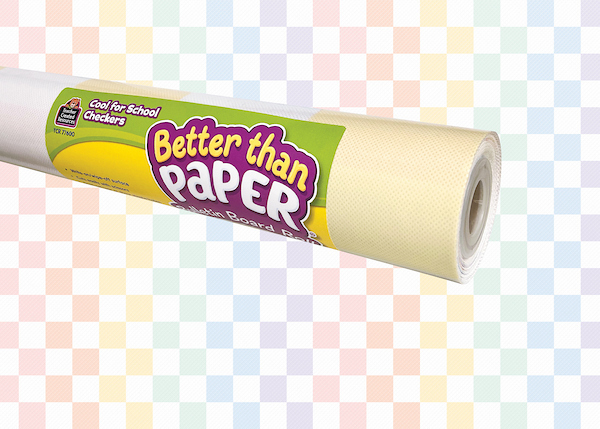
Create a cute and colorful classroom with this checkered bulletin board material, featuring a pastel rainbow of trendy colors. Attach anywhere using Better Than Paper Mounting Tape.
🥈 Runner Up: White Shiplap Better Than Paper Bulletin Board Roll
🏆 Top Letters: Friendship Beads Circle Letters
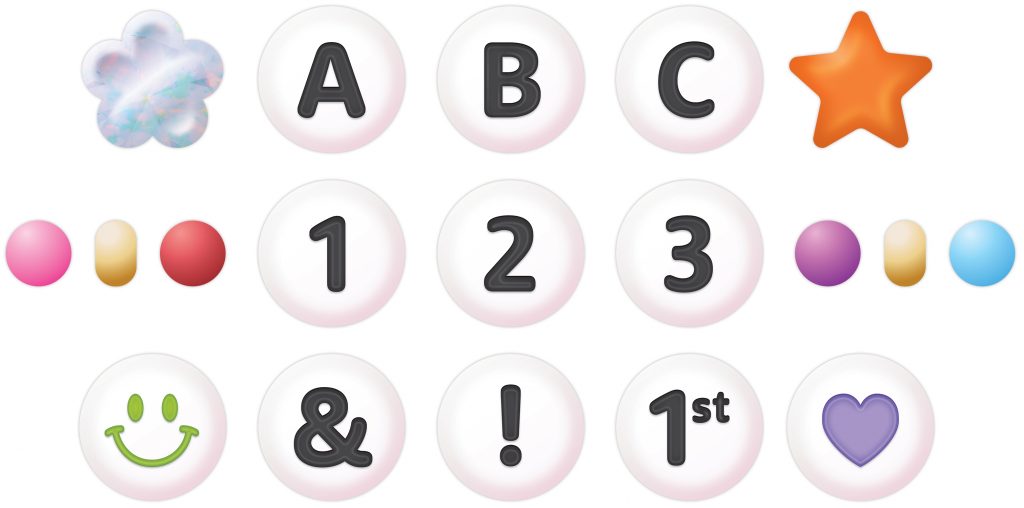
Celebrate friendship with these circle letters! Designed to look like a beaded friendship bracelet, these letters are perfect for creating a friendly atmosphere in any classroom.
🥈 Runner Up: Everyone is Welcome 4″ Bold Block Letters Combo Pack
🏆 Top Chart: Cool for School Composition Happy Birthday Chart
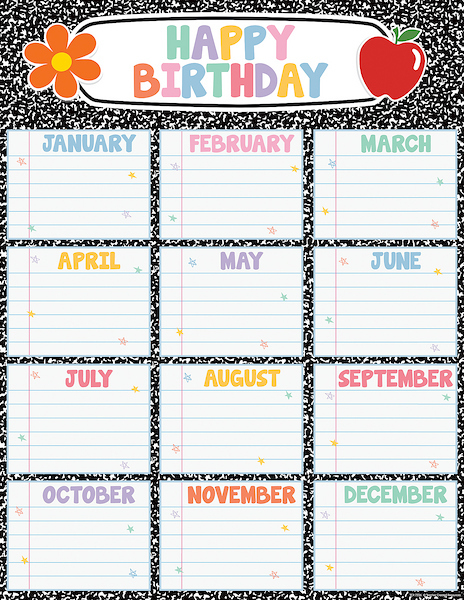
Never forget a birthday with this school-inspired classroom chart! Add students and their birthdays to each month, and make every child feel seen on their special day.
🥈 Runner Up: Cool for School Composition Welcome Chart
🏆 Top Incentive: Pencil Charms
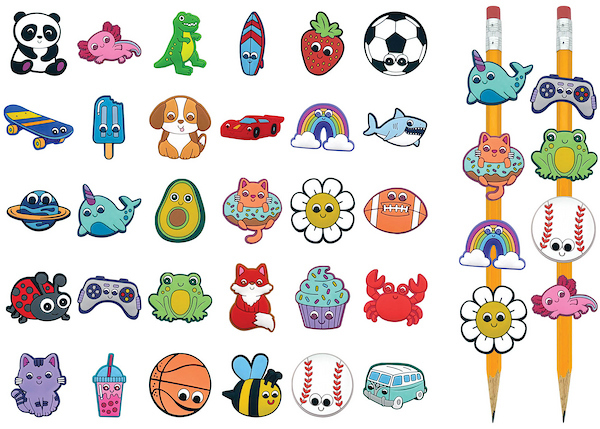
Reward students for outstanding work, good class behavior, and reaching other school milestones with these adorable charms.
🥈 Runner Up: Bubble Gum Smelly Stickers
🏆 Top Game: Math Splat Game: Division
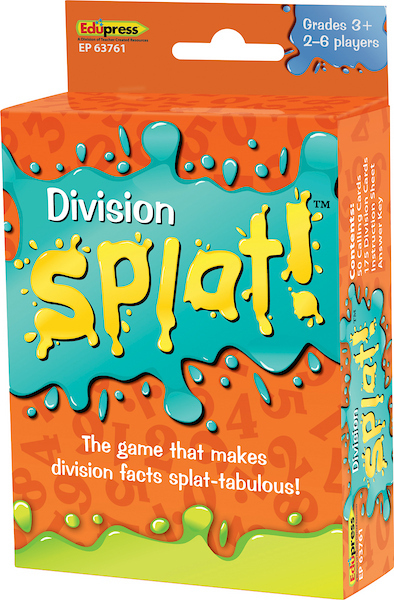
Help children master division facts up to 144 ÷ 12 with this fast-paced card game. The caller reads a quotient aloud, then players must quickly scan the cards in front of them. If someone spots a division problem with the same answer, they say “SPLAT!” and flip the card over. The first player to flip over all of their cards wins!
🥈 Runner Up: Math Splat Game: Multiplication
🏆 Top Banner: Cool for School Welcome to Our Classroom

Welcome students during Back to School, parents and families during Back to School Night, or anyone at a school event with this trendy banner. Featuring composition and lined prints, pastel colors, and school motifs, this energizing banner adds playful vibes to any space.
🥈 Runner Up: Buzzing Bees Welcome Banner
🏆 Top Storage: Black Chair Pocket
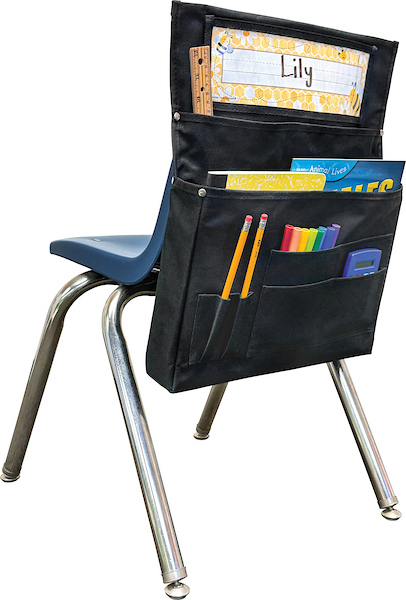
Keep students organized and your classroom clutter-free with this attractive and minimalist chair pocket. Featuring a large clear pocket that holds a name plate up to 3½” x 11½” and 7 storage pockets, these organization solutions offer plenty of space for every student’s school necessities.
🥈 Runner Up: Blue, Teal & Lime Chair Pocket
🏆 Top Book: My Own Spelling Dictionary
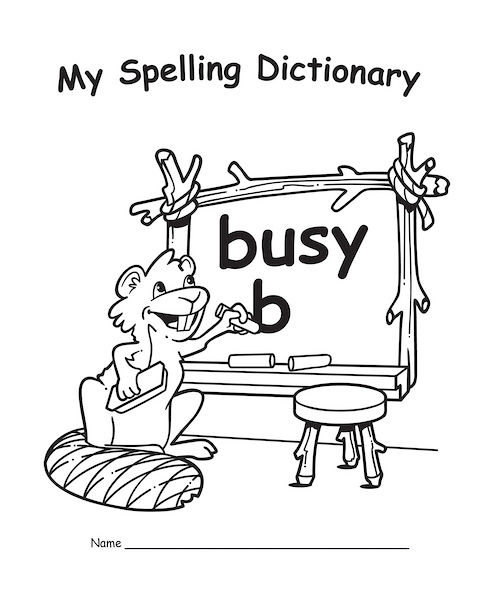
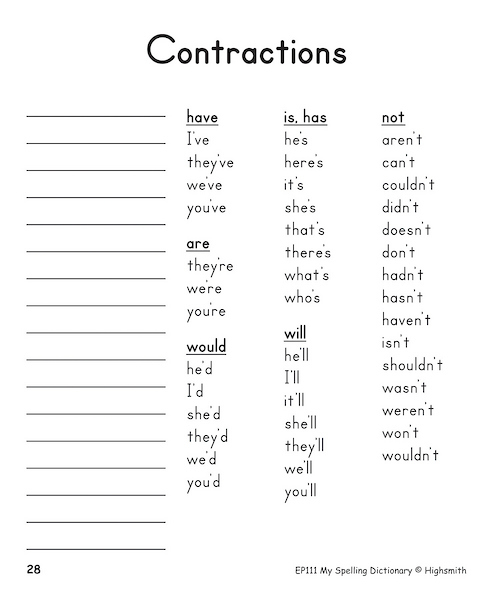
Encourage students to create their very own spelling dictionary with these books! Each My Spelling Dictionary provides lists of words for each letter of the alphabet and certain types of words. Blank lines on each page allow children to add new words as they encounter them, and black-and-white outlines spark creativity as each child can make them their own.
🥈 Runner Up: Daily Warm-Ups: Reading, Grade 1
For more of our most popular products of 2025, check out all of our best-sellers here.

